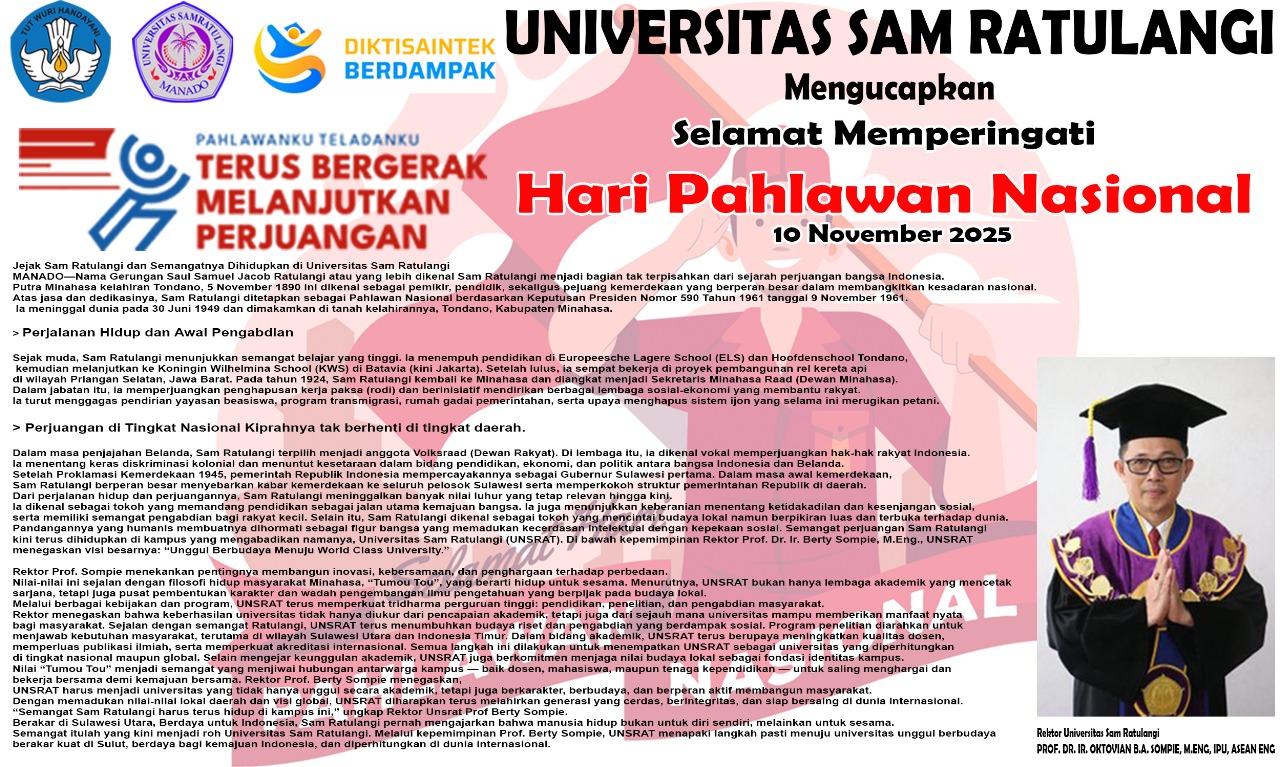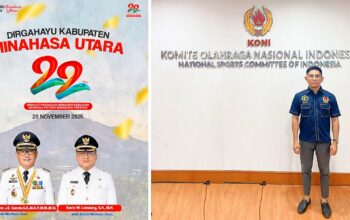Building upon the foundational idea explored in How Symbols Interact: From Jazz to Modern Expressions, this article delves into how symbols continue to evolve within the tapestry of contemporary visual culture. From jazz’s improvisational visual language to today’s digital symbols, the journey reflects humanity’s ongoing dialogue with meaning, identity, and innovation.
1. Introduction: Tracing the Continuity and Transformation of Symbols in Visual Culture
Historically, symbols have served as universal shortcuts—bridging gaps between languages, eras, and cultures. The jazz era, for instance, employed improvisational musical symbols to express complex cultural identities, a practice that laid groundwork for modern visual symbolism. As societies shifted through technological revolutions, so too did their symbolic lexicons, reflecting new modes of expression and understanding.
Understanding this evolution helps us see how symbols adapt to cultural shifts, serving as both mirrors and drivers of societal change.
2. From Abstract to Image-Based Symbols: The Technological Shift in Visual Language
a. The Impact of Digital Media and Social Platforms
The rise of digital media has democratized symbol creation, allowing anyone to generate and share visual shorthand instantly. Emojis exemplify this shift—simple, universally recognizable icons that convey emotion, intent, and context across languages. Platforms like Twitter and Instagram have transformed these symbols into cultural phenomena, influencing how messages are crafted and understood.
b. Redefining Immediacy and Accessibility
Technology accelerates the dissemination of symbols, making them more immediate and accessible than ever before. The viral spread of hashtags and visual memes demonstrates how symbols can swiftly mobilize social movements or shape public opinion, echoing the improvisational spirit of jazz but in a digital realm.
c. Case Studies of Digital Symbols
- Rainbow Flag: Evolved from a symbol of LGBTQ+ pride to a digital icon representing inclusivity worldwide.
- Peace Sign: Transitioned from a 1950s anti-war emblem to a popular emoji, used across social media to promote harmony.
3. The Role of Commercial and Consumer Culture in Shaping Contemporary Symbols
a. Branding, Logos, and the Commodification of Symbols
Corporate logos have become some of the most potent contemporary symbols, often transcending their commercial origins to embody ideals or lifestyles. The Nike swoosh, for example, has become synonymous with athleticism and ambition, illustrating how branding transforms simple symbols into cultural signifiers.
b. Influence of Advertising on Visual Shorthand
Advertising employs simplified visual cues—such as color schemes and iconography—to create instant recognition. The Coca-Cola red and script logo evoke feelings of nostalgia and happiness, showcasing how commercial symbols shape consumer perceptions and cultural memory.
c. Authenticity versus Spectacle
Contemporary culture grapples with the tension between authentic symbolic expression and spectacle-driven branding. For instance, fashion brands often adopt traditional cultural symbols (like indigenous patterns) in mass-produced items, raising debates on cultural appropriation versus appreciation.
4. Political and Social Movements: Symbols as Tools of Identity and Resistance
a. Resurgence of Historical Symbols
Movements such as Black Lives Matter have revived symbols like the raised fist, linking contemporary activism to historical struggles. These symbols serve as rallying points, fostering solidarity and conveying complex narratives succinctly.
b. Digital Activism and New Symbols
Hashtag campaigns like #MeToo have created new symbolic spaces for dialogue and resistance. These digital symbols transcend physical boundaries, enabling global communities to mobilize and shape discourse efficiently.
c. Semiotic Power in Public Discourse
The semiotics of symbols influence political narratives, as seen in the use of national flags or protest icons. Their strategic deployment can evoke patriotism, dissent, or unity, shaping societal perceptions at a collective level.
5. Cross-Cultural Syncretism: Hybrid Symbols in a Globalized World
a. Blending and Reinterpretation of Cultural Symbols
Fashion and art increasingly feature hybrid symbols, merging elements from diverse traditions. For example, the fusion of African patterns with Western fashion demonstrates how cultural symbols are reinterpreted in new contexts, fostering dialogue but also raising questions of authenticity.
b. Case Studies in Fashion, Art, and Media
- Chinatown-Inspired Logos: Incorporate Asian motifs in global branding, highlighting cultural blending.
- Street Art Murals: Often combine symbols from different cultures to comment on multicultural identities.
c. Cultural Appropriation versus Appreciation
The line between respectful homage and cultural appropriation is delicate. Recognizing the context and intent behind hybrid symbols is crucial for fostering genuine cross-cultural understanding.
6. The Aestheticization and Commercialization of Symbolic Imagery in Art and Design
a. Contemporary Art Movements
Artists like Banksy utilize traditional symbols—such as peace signs or masks—in provocative ways, questioning societal norms. This reinterpretation often blurs the line between authentic meaning and aesthetic appeal.
b. Pop Culture and Street Art
Street artists draw heavily from popular symbols—e.g., comic book icons or graffiti tags—to engage audiences and critique consumerism, often transforming commercial imagery into high art.
c. Commercialization and Depth of Meaning
While commercialization broadens the reach of symbols, it can dilute their original depth. The commodification of cultural symbols in fashion or advertising sometimes strips them of their contextual significance, raising questions about authenticity.
7. The Future of Symbols in Visual Culture: Digital Realities and Augmented Experiences
a. Virtual Symbols in Augmented and Virtual Realities
Emerging technologies enable the creation of virtual symbols—avatars, digital tokens, and immersive icons—that interact within augmented and virtual environments. These symbols can represent identities or concepts in ways previously unimaginable, echoing jazz’s improvisational spirit but in digital spaces.
b. Evolution in Immersive Environments
In virtual worlds, symbols can be dynamic, context-sensitive, and personalized. For example, VR platforms allow users to craft unique visual insignias that evolve with their experiences, fostering a new form of visual language rooted in individual expression.
c. Ethical Considerations and Preservation
As symbols become more fluid and embedded in immersive media, safeguarding their intended meaning and cultural significance becomes critical. Developers and users must navigate ethical challenges about cultural representation, authenticity, and the potential for manipulation.
8. Connecting Back to the Parent Theme: Symbols in the Evolution from Jazz to the Digital Age
Reflecting on the journey from jazz’s improvisational visual and musical symbols to today’s complex digital signifiers reveals a remarkable continuity: the core human impulse to innovate, reinterpret, and imbue symbols with layered meanings. Jazz’s spontaneous improvisation laid the groundwork for the fluidity and adaptability seen in modern visual languages.
Just as jazz musicians responded to cultural shifts with improvisation, contemporary creators adapt symbols to new media, blending tradition with innovation. This cyclical process underscores the enduring power of symbols as dynamic tools of cultural expression and resistance.
“Symbols are not static; they are living entities that evolve alongside human consciousness, reflecting our deepest aspirations and fears.” — Cultural Semiotics Expert
Understanding this ongoing evolution enhances our appreciation of how symbols shape and are shaped by our cultural landscape, from the spontaneous improvisations of jazz to the immersive digital environments of today.

















